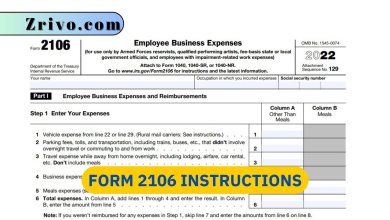Coverdell Education Savings Account
A Coverdell Education Savings Account (ESA) is a custodial account that lets parents save and invest money for educational expenses for children under 18.

A Coverdell Education Savings Account is a great way for parents, grandparents, and other family members to save for their child or grandchild’s college education. The contributions are not tax-deductible, and the earnings on the investments grow on a tax-deferred basis. Withdrawals are tax-free if they are used to pay for qualified educational expenses. However, if you withdraw the money for other purposes, it will be subject to ordinary income taxes and a 10% penalty.
You can open a Coverdell ESA for any beneficiary under the age of 18. Unlike with 529 plans, there is no maximum contribution limit. However, the annual contribution amount phases out for single filers with modified adjusted gross income (MAGI) of between $95,000 and $110,000 and for joint filers with MAGI of between $190,000 and $220,000.
The money in a Coverdell ESA can be invested in many different ways, including stocks and mutual funds. In addition to investing in mutual funds, a Coverdell account can hold other assets such as real estate, art, jewelry, and collectibles. It can be an effective way to diversify a portfolio and potentially hedge against rising education costs. The account earns interest on investments, and withdrawals can be used to pay for education expenses, including tuition, books, equipment, and academic tutoring. ESA accounts are a good choice for families with limited resources who want to maximize their federal financial aid.

Coverdell ESA and 529 Plans
Because a child’s financial aid award is based on their expected family contribution, it’s important to keep in mind that withdrawing funds from an ESA will increase the amount of the family’s federal need-based financial assistance for school. Fortunately, you can roll over any unused ESA funds to another account in the same beneficiary’s name or transfer them to a 529 plan.
It’s also possible to open both a Coverdell ESA and a 529 plan, which can be helpful if you want the flexibility of a 529 account while keeping a certain level of control over your investment options. However, it’s important to consider all your savings options carefully before making a decision. If you’re considering a Coverdell ESA, make sure to fully understand the rules and regulations before opening one. Also, consider comparing your options to other college savings tools, such as an IRA or an individual retirement account.
Regardless of which plan you choose, knowing how the assets in your education savings account will affect your financial aid eligibility is important. If you have a Coverdell account, the asset’s value will be factored into your Expected Family Contribution (EFC) on the FAFSA. This will impact how much federal financial aid you are awarded.





